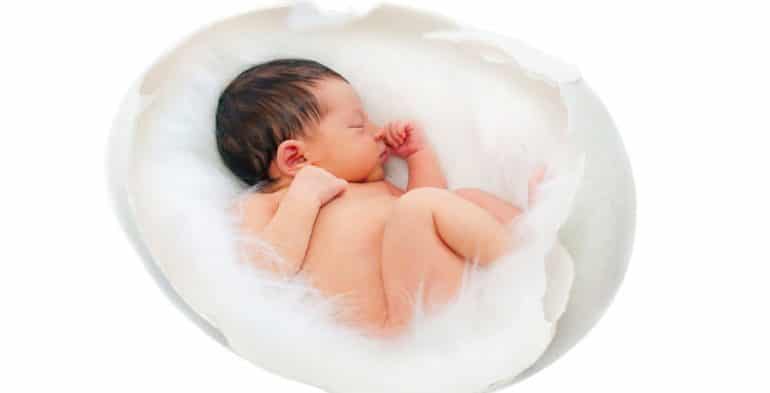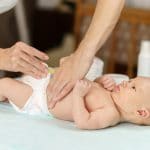
1. ‘He doesn’t have any fertility problems; he’s already a dad.’
Contrary to popular belief, male fertility is finite. Similar to female fertility, male fertility decreases with age, particularly after age 40.
Researchers have found a direct link between paternal age and an increased risk of autism and schizophrenia. Men pass along as many as four times more genetic mutations compared with mothers. As a man ages, the concentration of mobile, healthy semen and semen volume overall will decrease.
2. ‘All the women in my family had more babies in their 40s, so I am fine.’
Although family fertility history is taken into account during treatment, it can neither help nor hinder fertility potential. Previous successful pregnancies also do not signify a bump-free conception route.
According to the Centers for Disease Control and Prevention. 11% of couples experience secondary infertility, which is defined as a couple with a child being unable to conceive again after a year. Once a woman hits 40, there is a less than 5% chance (PDF) she will get pregnant in any given month (compared with 20% at age 30).
3. ‘I smoke, but I don’t have to give it up until I’m pregnant.’
The American Society for Reproductive Medicine estimates that up to 13% of female infertility diagnoses are due to smoking. Believe it or not, smoking as few as five cigarettes a day each has been associated with lower fertility rates in both men and women.
4. ‘We try for a baby within 24 hours after ovulation.’
After ovulation has ended, becoming pregnant is impossible. Ovulation — when an egg drops from the ovary into the fallopian tubes — occurs once a month, roughly seven to 10 days before a woman’s period. For pregnancy to occur, sperm must meet an egg during this one- to two-day time period.
To boost your odds, have sex before and during ovulation, as sperm can survive in the reproductive tract for three days. If a woman’s monthly cycles are irregular, visit a specialist to discuss ovulation. Ovulatory disorders are the most common infertility diagnosis for women.
5. ‘I don’t have to worry about my eggs until I’m 40.’
At birth, a woman has 7 million eggs, which slims down to 400,000 at the onset of puberty. During a woman’s lifetime, approximately 400 to 500 eggs will be released. As a woman ages, the ovarian reserve declines. A woman’s egg supply takes a rapid decline in the late 20s, again in the 30s and then most notably after age 35.
6. ‘I do yoga and exercise. I’m in great shape. Age won’t affect my fertility.’
A healthy body and mind can boost fertility, but it cannot reverse the age of ovaries and semen. For both men and women, age is a critical component of fertility potential.
7. ‘I know we could stand to lose weight, but it doesn’t matter’
When men or women carry extra weight, hormonal shifts occur in the body that can affect ovulation and semen production. The great news is that couples can team up to lose weight, become active together and boost their fertility.
Although it is estimated that 70% of women with infertility are also obese, losing as little as 5% to 10% of body weight can boost fertility in men and women.
8. ‘Only women need to take supplements before a pregnancy.’
It has long been known that women should take folic acid to prevent certain birth defects, but folic acid is now known to be an important supplement in male fertility.
Researchers at the University of California, found that men had a higher rate of chromosomal abnormalities in their sperm when their diet was low in folic acid. Coenzyme Q10 has also been found to increase sperm count and sperm motility, and vitamin E also improves low sperm count.
9. ‘STDs affect my health, but they don’t affect trying to have a baby.’
For both men and women, sexually transmitted diseases can affect the ability to have children. STDs can cause scarring and blockage of the male reproductive structures. If STDs go untreated in women, they can lead to an episode of pelvic inflammatory disease, which is a leading cause of infertility.
10. ‘It doesn’t matter how much coffee I drink.’
Believe it or not, that venti at Starbucks might be working against you. One study found that “women who consumed more than the equivalent of one cup of coffee per day were half as likely to become pregnant, per cycle, as women who drank less.”
Caffeine can decrease fertility, so be sure to limit intake. It’s better to opt for decaffeinated or half-caffeinated coffee, and remember there is caffeine in tea, colas and chocolate.







